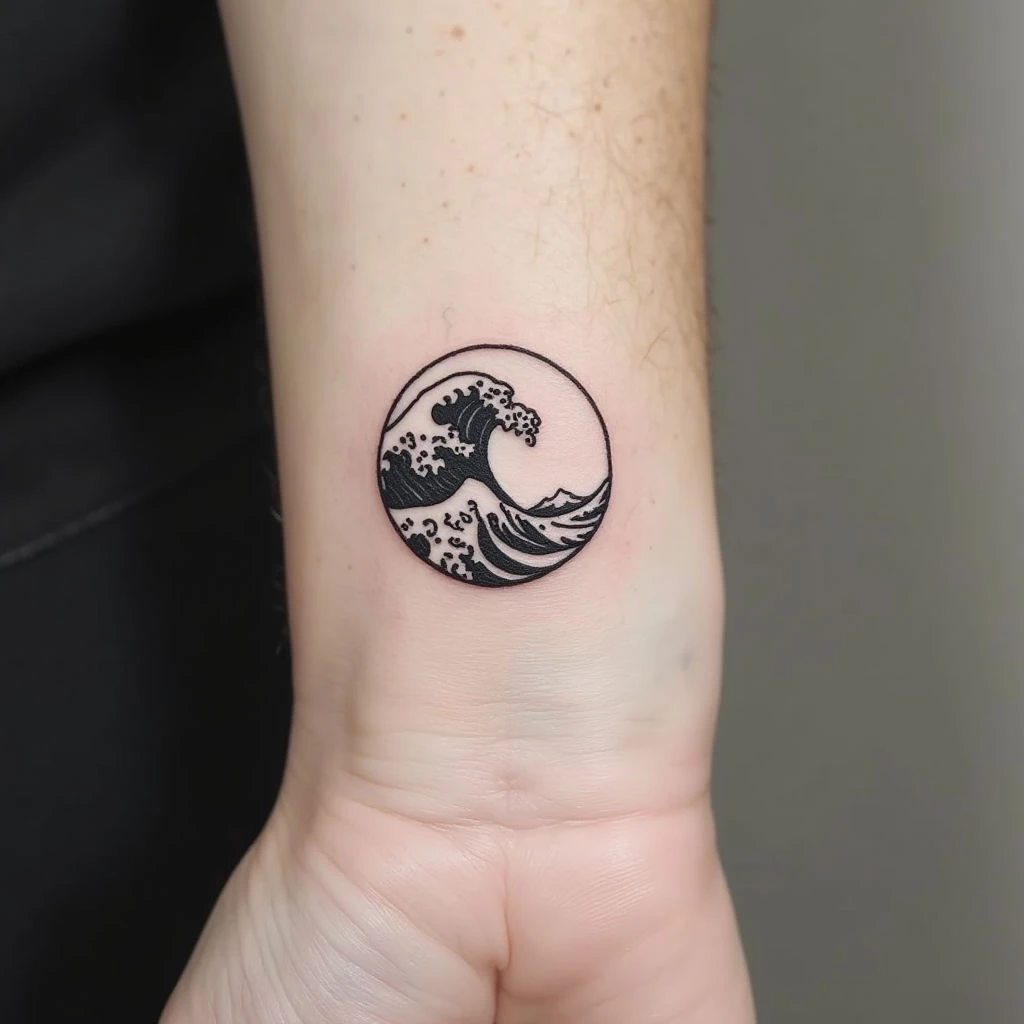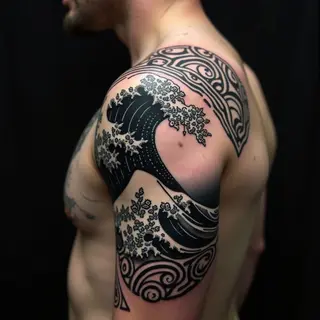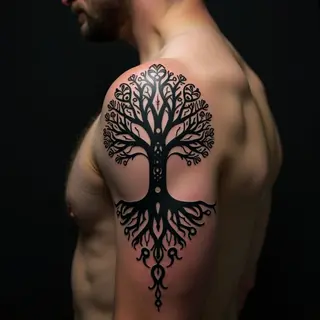Small Tribal Tattoos: History, Meaning & Placement
Small tribal tattoos are more than just ink—they’re windows into rich cultures and personal stories. From Polynesian designs to Native American artistry, these tattoos carry deep meaning. Let's explore their history, symbolism, placement options, and modern twists.
A Look Back: The History of Tribal Tattoos
For thousands of years, tribal tattooing has been a powerful tradition. It’s served as rites of passage, status symbols, and expressions of spiritual beliefs. Polynesian cultures are famous for their elaborate designs that tell stories and represent family lines. Native American tribes also used tattoos to show bravery, healing, or connection with nature.
Understanding the Meaning Behind the Designs
These aren’t random designs—each element carries a specific meaning. Here are some common motifs:
-
Waves/Ocean: Representing life's journey, adaptability, and connection to the sea.
-
Animals (Wolves, Bears, Eagles): Symbolizing strength, courage, wisdom, or spiritual guidance.
-
Geometric Patterns: Often representing interconnectedness, balance, and harmony.
-
Spirals: Signifying growth, evolution, and continuous cycles of life.
Where to Put Your Small Tribal Tattoo
Because they’re small, these tattoos can go almost anywhere. Here are a few popular spots:
-
Wrist: A visible and personal touch.
-
Ankle/Foot: For something more discreet.
-
Behind the Ear: Stylish and a bit hidden.
-
Shoulder Blade: Leaves room for future expansion.
Modern Takes on Traditional Designs
Today’s artists are blending traditional tribal elements with modern styles. Think:
-
Minimalist Tribal: Simplified designs focusing on the core symbols.
-
Dotwork Tribal: Using dots to create depth and texture.
-
Black and Grey Tribal: A softer look than solid black ink.


